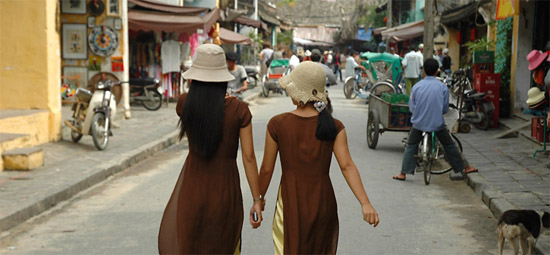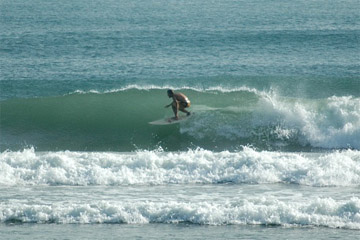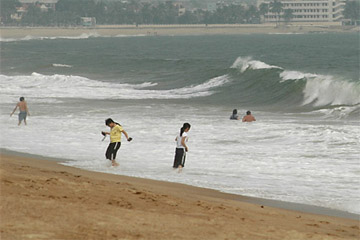
Photo by Rhys Stacker
WITH MORE THAN 3000 kilometers of coastline, the potential for finding waves in Vietnam is limited only by time and motivation. Oh, and a pretty serious language barrier. And some very inaccessible coastline. And unexploded bombs.
Surfing in Vietnam is possible from Vung Tau in the south right up to Dong Ha and beyond on the central coast. There are some established surf spots around China Beach and Mui Ne, but the rest of the coastline its still mostly unexplored.
Weather



